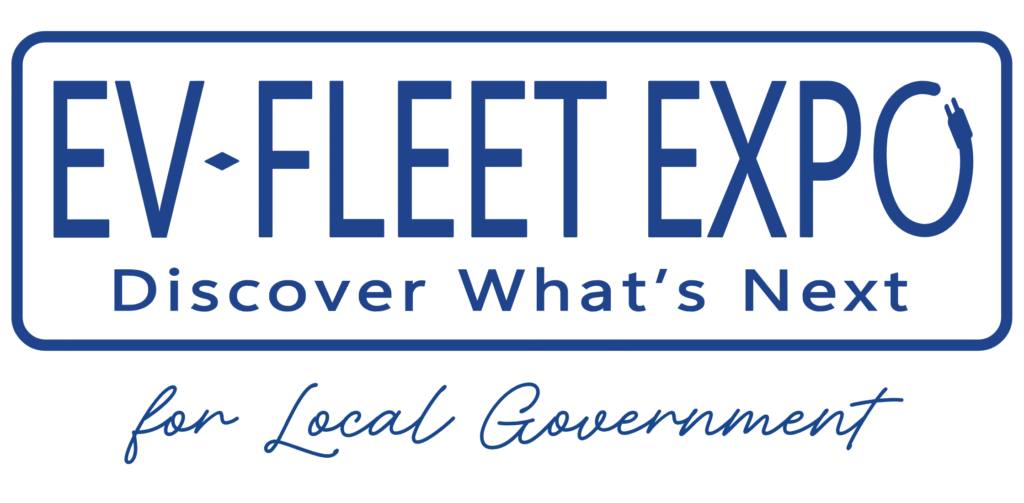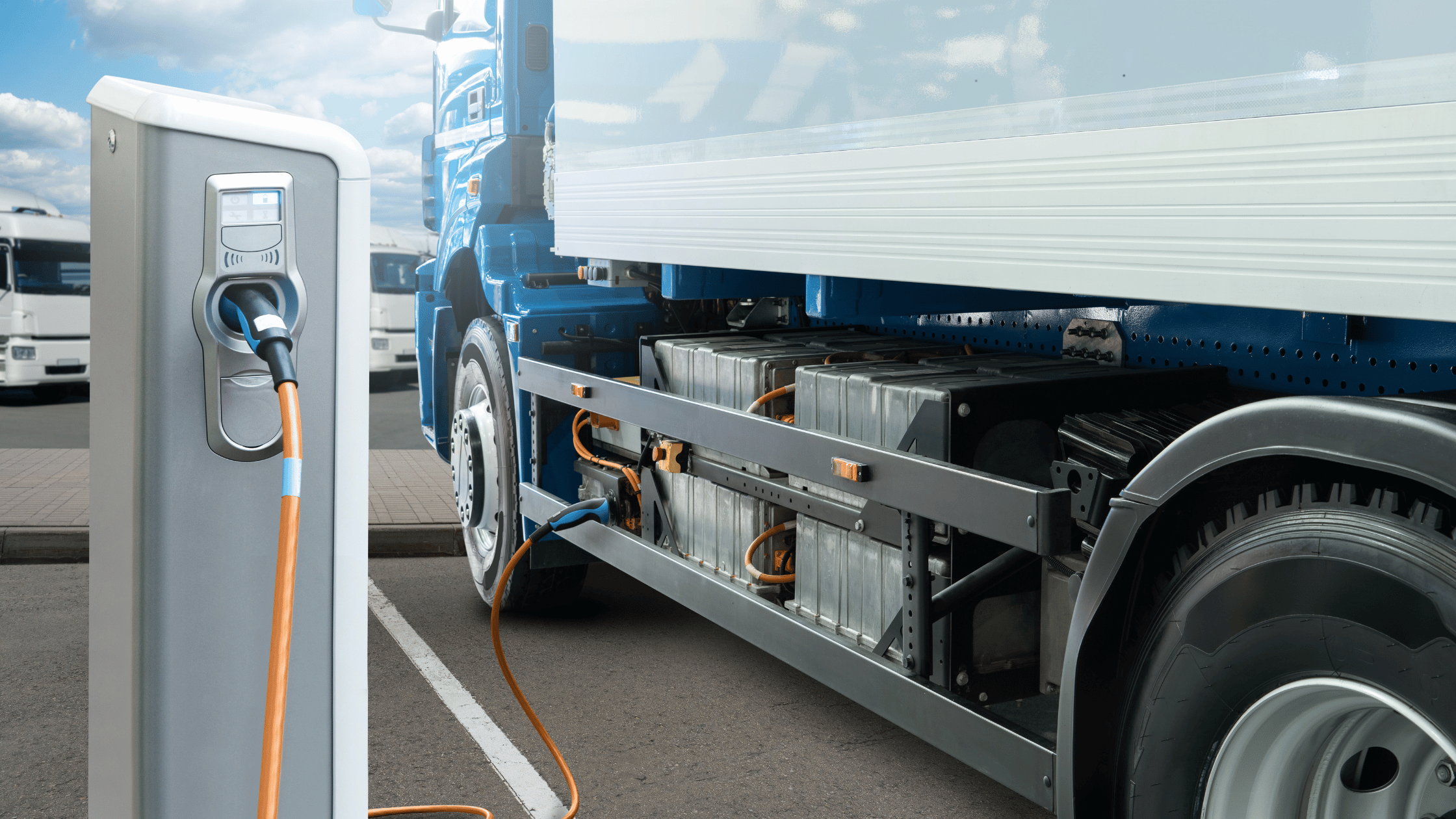I was recently editing a Draft Report for a client when I decided to review the following statement to make sure it was still accurate…
“Cars purchased by Australians are significantly
less fuel efficient compared to those in similar countries.“
Fuel Efficiency: Still Lagging
Data from the Australian Government shows that, on average, new passenger cars in Australia consume:
- 40% more fuel than those in the European Union
- 20% more than in the United States
- 15% more than in New Zealand.
Studies confirm that Australian vehicles are typically larger, heavier and less efficient than their European counterparts. Real-world emissions of Australian cars in 2021 averaged 204 g CO₂/km, compared to 143 g CO₂/km in the EU—a roughly 43% higher figure.
The Climate Council reported in early 2024 that average fuel use in new Australians cars was 6.9 L/100 km, versus 3.5 L/100 km in Europe and 4.2 L/100 km in the United States. This means Australian motorists are paying significantly more in fuel costs to drive the same distances.
Why Does Australia Lag?
There are several factors that contribute to Australia’s fuel efficiency lag. Australian drivers favour larger and more powerful vehicles, such as SUVs and utilities, which inherently consume more fuel.
Until recently, Australia lacked mandatory fuel efficiency or CO₂ emissions standards, unlike the EU, US, Canada and Japan. This regulatory gap afforded manufacturers wide flexibility in the vehicles they offered to the Australian market.
New Vehicle Efficiency Standard
Enacted on 1 January 2025, the New Vehicle Emissions Standard (NVES) imposes emissions limits on manufacturers, with penalties for non-compliance, aiming to transition the market toward more efficient and electric vehicles. Early signs are encouraging. More than 120 EV models are now available, and combined EV/hybrid market share rose to 11.3% in February 2025, up from 9.3% the prior year.
Government estimates suggest that over the 2025–2030, the NVES could save motorists up to $1,800 per year on fuel. The standards aim for all new vehicles to be electric by 2035, with a 50% EV share expected by 2029. However, critics, including the political opposition and industry, argue the policy may increase vehicle costs and disproportionately impact rural residents and tradies who rely on larger vehicles.
Conclusion
Australian vehicles are still significantly less fuel-efficient than those in comparable developed nations. The gap stems from a combination of consumer preferences, lower fuel prices, and historically weak regulatory frameworks.
The introduction of NVES earlier this year represents a pivotal shift. The effects of this policy, especially if maintained and strengthened, may help Australia progressively narrow the fuel-efficiency disparity over the coming decade.
The NVES has set the stage for mainstreaming low/zero-emission vehicles in Australia. Increased consumer choice, declining costs, and regulatory certainty will drive EV adoption upward over the coming months and years. While Australia started later than its peers, the combination of policy pressure, global technology trends, and consumer demand is now pushing the domestic market firmly toward electrification.
EV Choice and Value
There may be an argument around whether we have reached price parity and whether the NVES has influenced this. There can be no argument around the fact there is a significant increase in choice of BEV passenger vehicles, which are now much more affordable.
Many councils have been waiting on greater choice and better value before replacing their pool cars with BEVs. This time is now upon us. Many of the new affordable BEVs, PHEVs and hybrids will be on display at our EV Fleet Expo for Local Government, which will be held on Wednesday, 19 November 2025 at Event Central at Caribbean Park, Scoresby.
This one-day event is designed specifically for fleet managers, sustainability professionals and operational staff responsible for service delivery across local government. The EV Fleet Expo will showcase the latest developments in BEVs and PHEVs, with a strong focus on operational fleet applications.
Participants will have the opportunity to:
- View and test drive BEV passenger vehicles (pool cars under $50,000)
- Explore a range of electric utilities, vans, small trucks and EV-related products/services
- Engage in a professional development program highlighting best practices from councils transitioning to net-zero fleet
- Learn from experts about topics including:
- EV battery health and charging infrastructure
- Maintenance requirements for BEVs
- Whole-of-life cost analysis and residual value
- EV leasing and financing options (program still to be finalised).
The EV Fleet Expo aims to support councils transitioning to a low/zero-emissions fleet and help them realise their emissions-reduction targets.




0 Comments